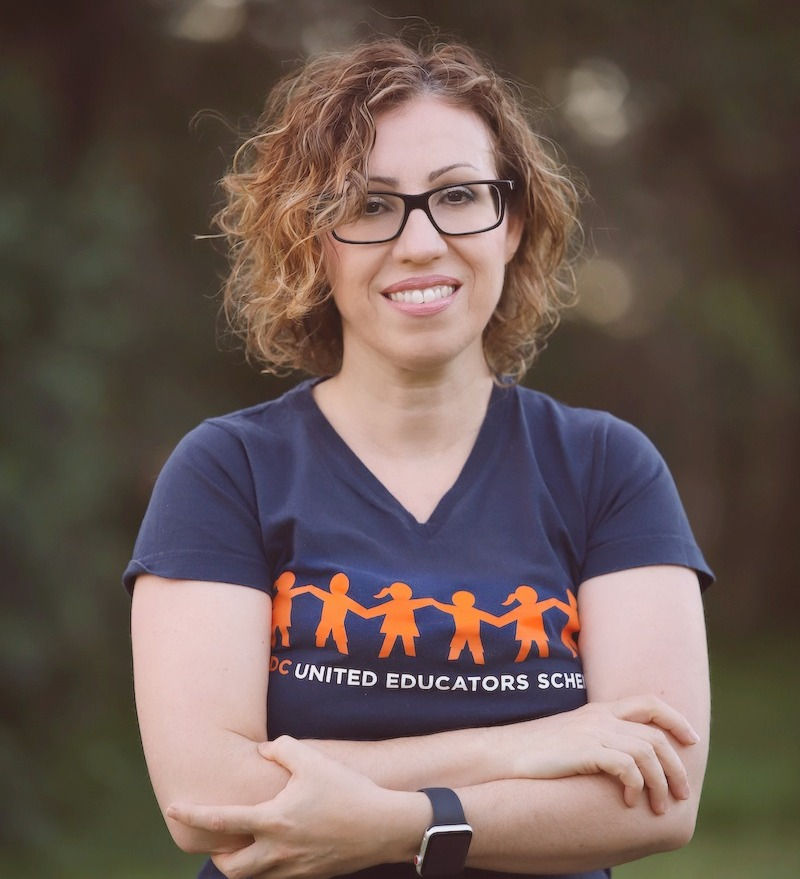Ways our Educators incorporate Sustainability in their Family DayCare Services
- Rosa Dal Bosco

- Apr 27, 2021
- 4 min read
Introducing sustainability practices in family day care should form part of everyday practice with an activity every so often reinforcing certain ideas that you are wanting to scaffold on as part of your evaluations of the children’s interests from previous weeks. Sustainable education and practice should always be evolving in accordance to the children in your care, your environment, families, community and also yourself.
"we must teach our children to smell the earth, to taste the rain, to touch the wind, to see things grow, to hear the sun rise and night fall - to care". John Cleal.
Sustainability is an area that a lot of the educators feel anxious about or question if they are doing enough. There is no answer to this. I always suggest to the educators to start off small and embed practices into their service each month a little bit at a time to not feel overwhelmed.
Quite often Educators are actually meeting this element in their services without actually knowing it and during my visits as we reflect together the educator will realise quite quickly that they are actually doing better in this area than they had thought. Below are some of the ways that our Educators are implementing sustainability in their services, hopefully some of these may inspire you to extend on this area in your own services.
Educators act as role models to the children
Educators have added compost bins to their services, children understand that as they finish their lunch the scraps will be placed in the compost bin.
Children take part in cooking activities and help the educator to peel the fruit and vegetables. Scraps from these are put in the compost bin.
Children are taught to remind the educator to turn off the lights as they leave the room, ensure they turn off the water properly and even act as authorities in the service. On my visits I have witnessed the children telling the educator “Alanna, Arlo left the water on in the bathroom”.
After a day of water play, the educator will explain to the children that “we empty the water container into the grass” or in the flower bed.
Arts and crafts activities take advantage of re using the packaging and cardboard from any purchases that the educators have made for the service or their home. In the activity pictured, the children used empty egg cartons and were able to colour in and paint, glue pieces on to create portraits of themselves. For the older children the educator placed a small mirror on the table and the younger ones a photo of themselves to use as inspiration. This could also start discussions about their own facial features which will extend to a whole discovery based on the topic “about me”.
During the Easter period one of the Educators had used cut up cardboard boxes to make crowns, the children then explored the outdoor environment to search for natural items that they could glue onto the crown.
Educators are creative
Children help to collect the junk mail from the letterbox during the day and work together to cut out favourite pictures or find letters of the alphabet to incorporate in the literacy area.
Educators make their own sensory containers using rice or pasta. These can also be dyed to add into sensory tubs for children to explore.
Making your own paints and play dough instead of purchasing is a fun engaging activity with the children.
Everything in the home can be added to the home play area for children to use, such as small containers, metal tea pots, old caffettiera machines, trays, spoons, plates and jugs to name a few.
Stop buying toys and start involving the children in making their own resources. Children love real life items and will play more imaginatively with them. One of our educators has been encouraging the families to bring in items from home that can be added to the home corner area. The children have been participating in creating and evolving the space throughout the year. They made their own plates using paper mache’ and painted them in colours representing fruits and vegetables.

Use Sustainability as a way to get the children out in the garden
Use old pots, or containers to experiment growing different vegetables. One of our educators took the children on a journey of exploration using carrot tops, onions, spring onions and potatoes. They placed them in water or soil, and watched as they sprouted leaves at the top or re grew. Each day they measured the growth, learning mathematical concepts in a fun interactive way.
One of our educators has added a water dispenser in the garden with child sized watering cans for the children to be able to independently to fill their watering cans and water the plants. Being an active part in the growth and care of the garden plants helps children to understand the basic needs for plants to grow and connects children to the environment. They are learning not to waste food as some can be used to re grow.
Worm farms have been created as an opportunity for the children to help feed the worms, collect their juice and put it in the garden.
Herb and sensory gardens have been used for making perfume bottles for Mother’s Day, floral arrangements to decorate their lunch table, with one of our educators incorporating a variety of herbs to make marinade oil for gifting for Father’s day.
Incorporate a nature hunt for the children as a way of them identifying different animals and natural items in the garden. Allow them to use their treasures in play dough making or pretend cooking. Flowers, leaves, rocks, twigs, branches, dirt, shells, grass… the list is endless!
.png)



Comments